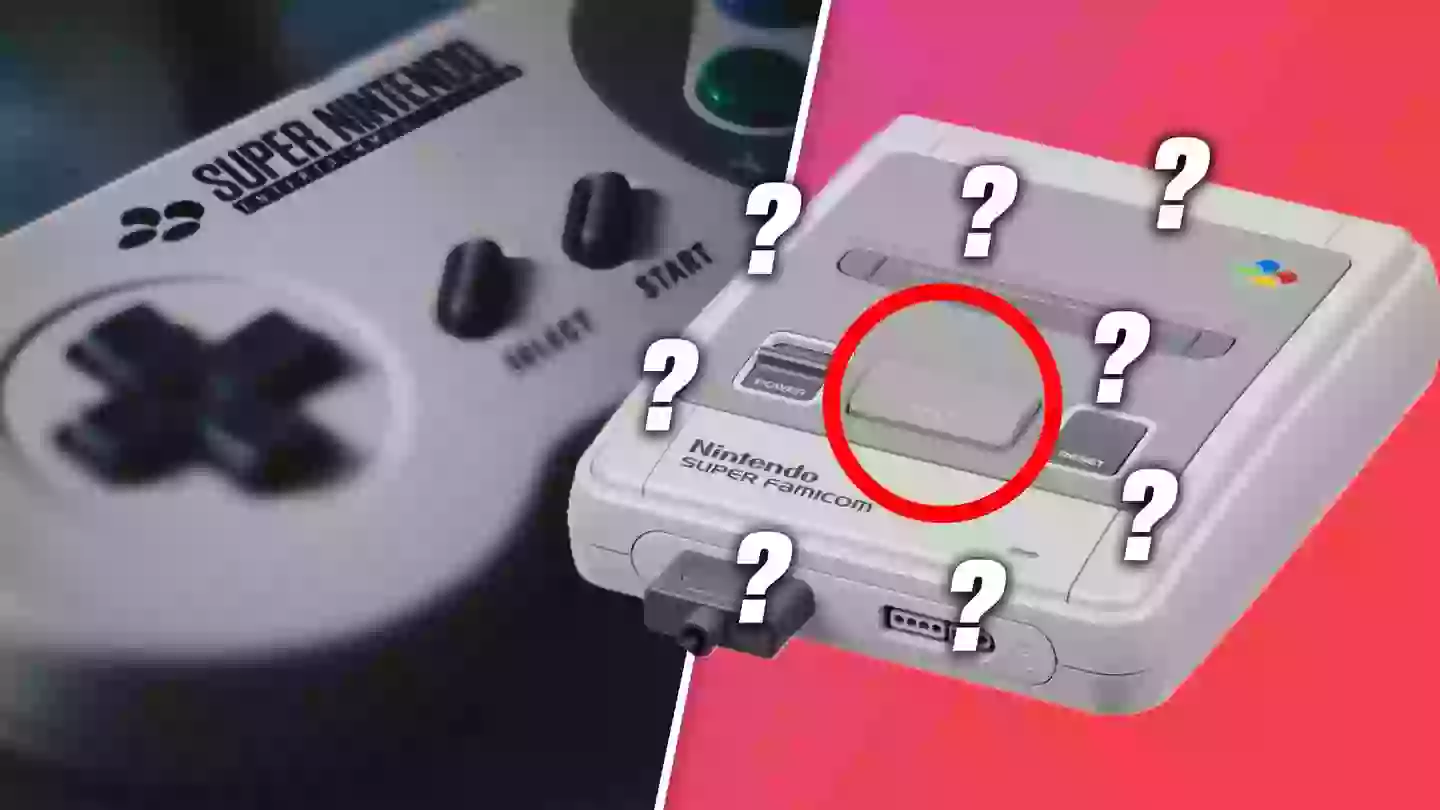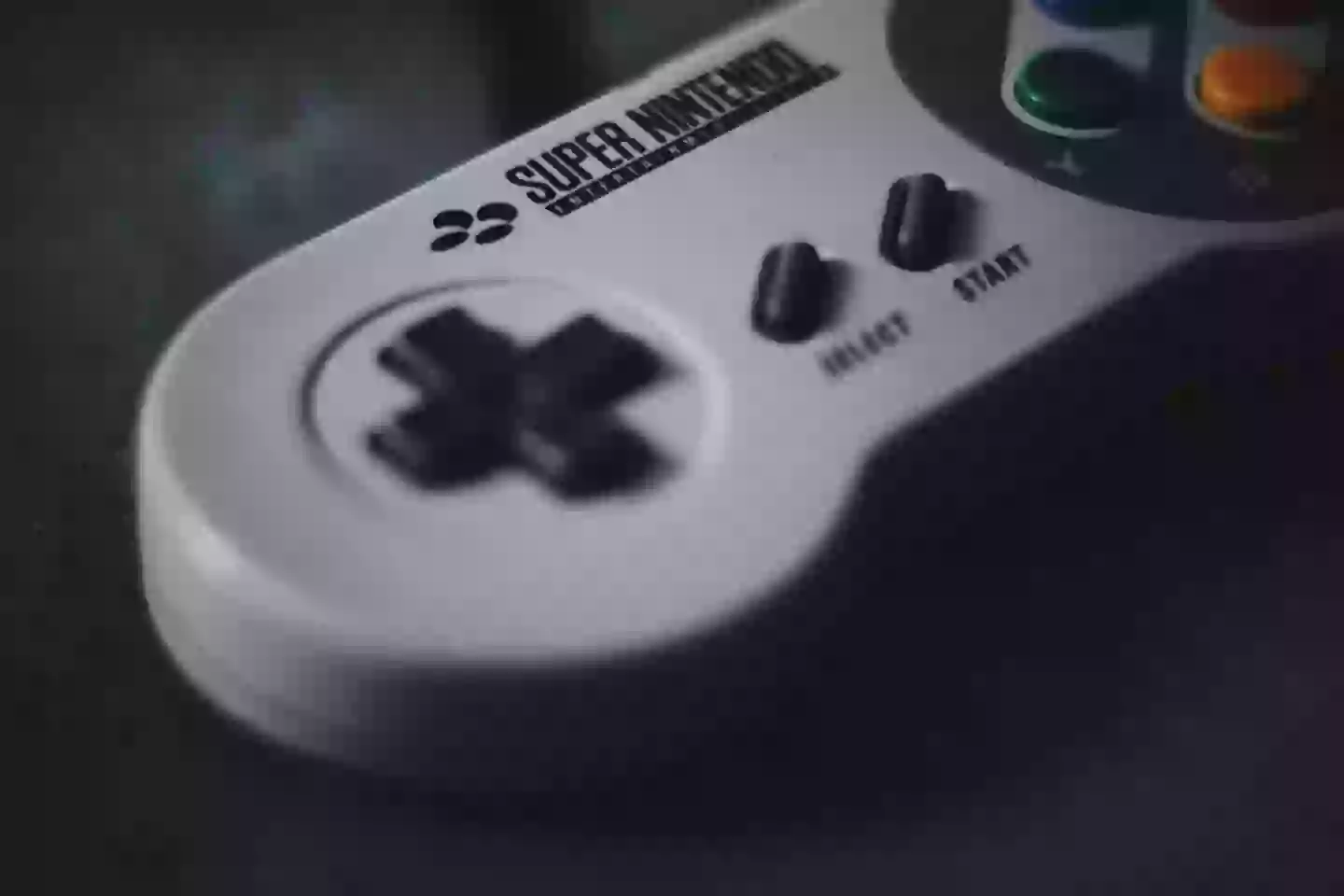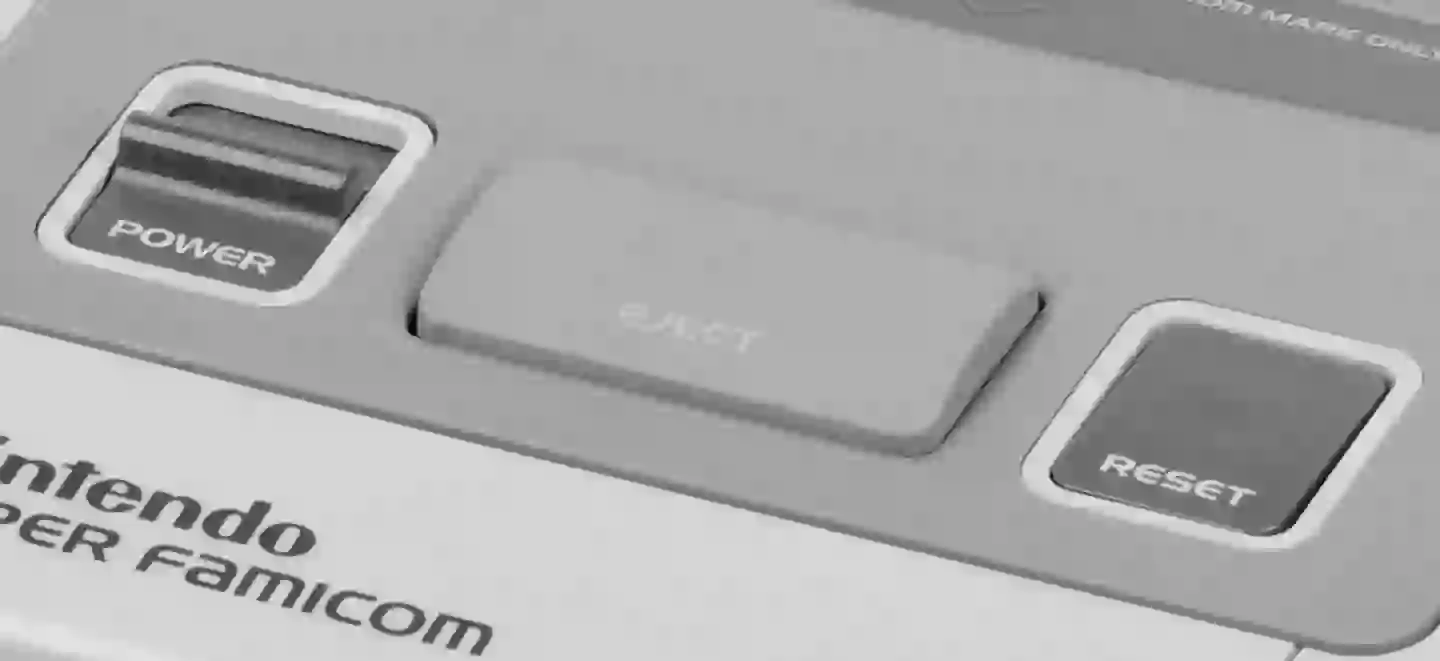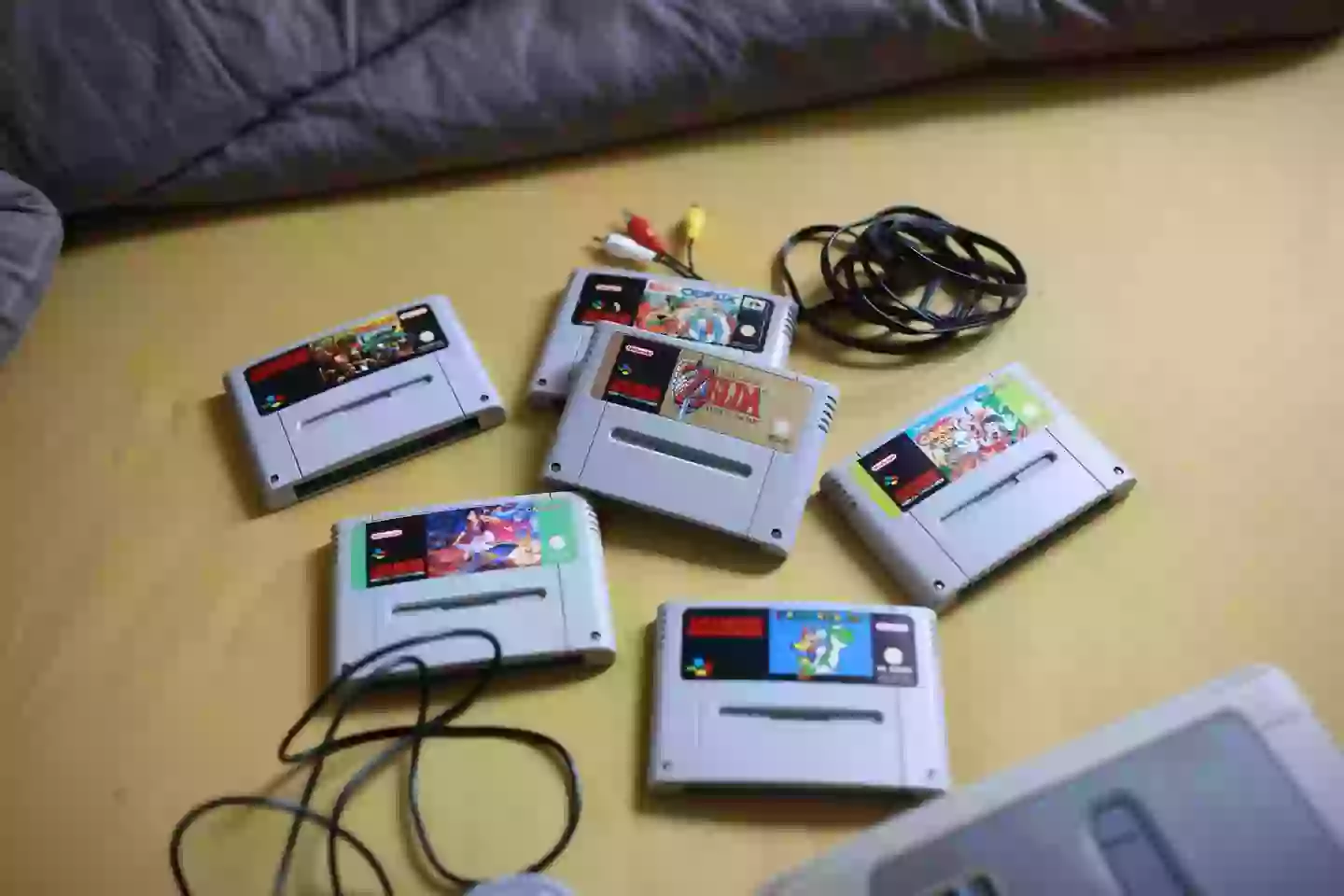
On April 11 1992, British gaming fans finally got their hands on the Super Nintendo Entertainment System, aka the SNES. Meaning that it’s 30 years young as of April 11, 2022. Where does the time go, honestly. Players today won’t know what it was like to have to wait way over a year to get the latest console, since all your modern PlayStations and Xboxes come out at roughly the same time globally (not that such a release model guarantees stock where you live); but the SNES debuted as the Super Famicom in Japan in November 1990, and had been remodelled into the squared-off eyesore that is the American SNES in August 1991. It was a long time coming, on these shores.
The Super Nintendo was immediately pitched into a sales battle against the similarly 16-bit SEGA Mega Drive, a ‘console war’ that had started in the previous 8-bit generation with the NES and Master System and continued to divide friendship groups and families. Did Mario suck, or was Sonic super lame? Ultimately, who cares - both the SNES and Mega Drive were home to a host of amazing video games, many of which stand up today.
Check out our Perfect 10 SNES games in the video below - what would make your own top 10?
But with hindsight 20/20, it’s possible to look back on the SNES as being a better system than any SEGA diehard (guilty, ish) gave it credit for at the time. The controller ushered in a new normal of six buttons instead of two or three, with four on the face and one on each shoulder. Its Mode 7 graphical capabilities, showcased with the launch title F-Zero, were beyond anything its competitors could manage out of the box. And its Sony-made sound chip powered some truly glorious soundtracks - but the less said about the prickly relationship between Nintendo and Sony in the years after the SNES’s launch, the better.
Advert
But slap-bang in the middle of the SNES was something else, very different to the console designs of SEGA, Atari (whose 2600 Jr was still hanging around), Neo Geo and NEC (the PC Engine/TurboGrafx-16 having marketed itself as the first 16-bit console in 1987). Whether you were looking at the Japanese Super Famicom, the American monstrosity or the freshly released PAL SNES, there was no missing the huge EJECT button on the top of the system. So of course, every time you wanted to remove a cartridge from your new SNES, you did as you were told and pressed this oversized and neatly curved button, and pop, up leapt your game. But here’s the thing: why?

Towards the end of the 16-bit generation, Nintendo - the N64 already on shelves worldwide - decided to put out a new SNES at a lower price point, to appeal to those only now coming to the brand and wanting to take advantage of a huge library of software. This new model, the SNS-101 or New-Style Super NES, was released in North America in October 1997 and in Japan the following April. It’s a neat little thing, stripped of certain features but a pleasant-looking piece of tech for the latecomers. But one button is conspicuous by its absence: the enormous eject button.
So how come two versions of the SNES - well, three, really - had an eject button, but two later models don’t? The answer absolutely isn’t as complex as you might think.
Advert

Yes, certain consoles featured locking mechanisms for keeping carts in place - the NES is a great example with its push-down approach, and the PC Engine’s Hu-Cards were securely fastened with a slide-across bolt that moved with the power-on switch, in a manner similar to the original Game Boy. But in the case of the SNES, whatever the model, there was no internal lock that slid into place when a cartridge was inserted and the console powered on*. Just like the Mega Drive, you could simply pull the cart clean out once you were done with it, and not touch the eject button at all. The SNS-101 had no eject button because the SNES hadn’t needed one whatsoever, and losing it saved money.
(*And here’s a caveat. Early Japanese and American models did have a catch that prevented carts from being pulled out while the consoles were powered on, but this was removed in later revisions as users broke their games and machines by taking the carts out without turning their Super Nintendos off. However, the catch wasn’t connected to the eject button - it slid into place with the power switch, and once turned off there was still no need to use the eject button on these models. You could still just pull the cart out. Glad we cleared that up.)

Advert
But, we did, didn’t we. We did touch it. It felt good to eject SNES carts, like this was somehow both a fantastic plaything, a very toy-like inclusion, and a premium feature that set Nintendo’s machine further apart from SEGA’s alternative. And that’s the point of it, really - to provide a tactical pleasure that no other console had. Designers at Nintendo thought it was an entertaining extra worth including. Nintendo’s Masayuki Uemura, who was lead architect on both the Famicom and Super Famicom (and who passed away in late 2021), once stated that the eject button on both of these consoles was there simply because kids like pressing buttons. That’s it, that was the thinking. Of course, you had to turn your console off before removing the inserted cart; but the eject button was only ever optional, something to bring a little more ceremony to each swap, if you like. It’s a part of a ritual that only Nintendo could call their own.
What the eject button also encouraged was that all-important powering down of the console prior to removing a game. By virtue of there being this huge button right next to the on/off switch, younger brothers and sisters were less likely to yank your new Zelda or Mario clean out, instead enjoying the popping of the cart, which they could only do once the power light had dimmed. Again: kids like pressing buttons. Not that it stopped the damaging tugs completely, hence those aforementioned running changes. But it added to that process, that series of tick-boxes that kept Super Nintendos running smoothly for as long as possible (and these things were built to last, awful yellowing aside). Push or pull, your cart comes free either way. But isn’t it nice that we had the option?
Topics: Nintendo, Retro Gaming